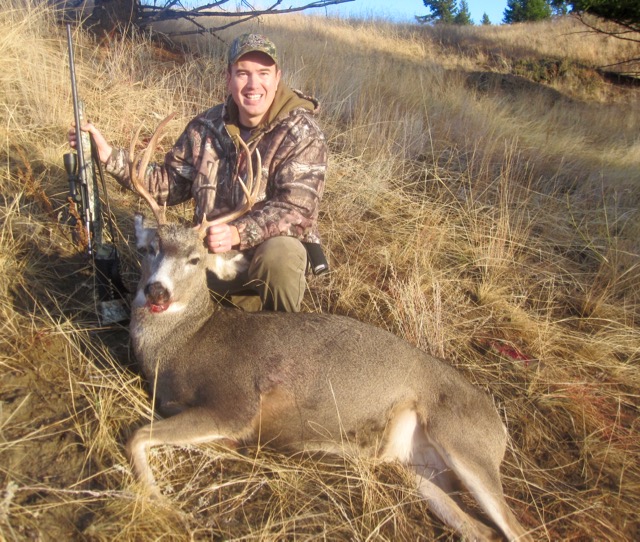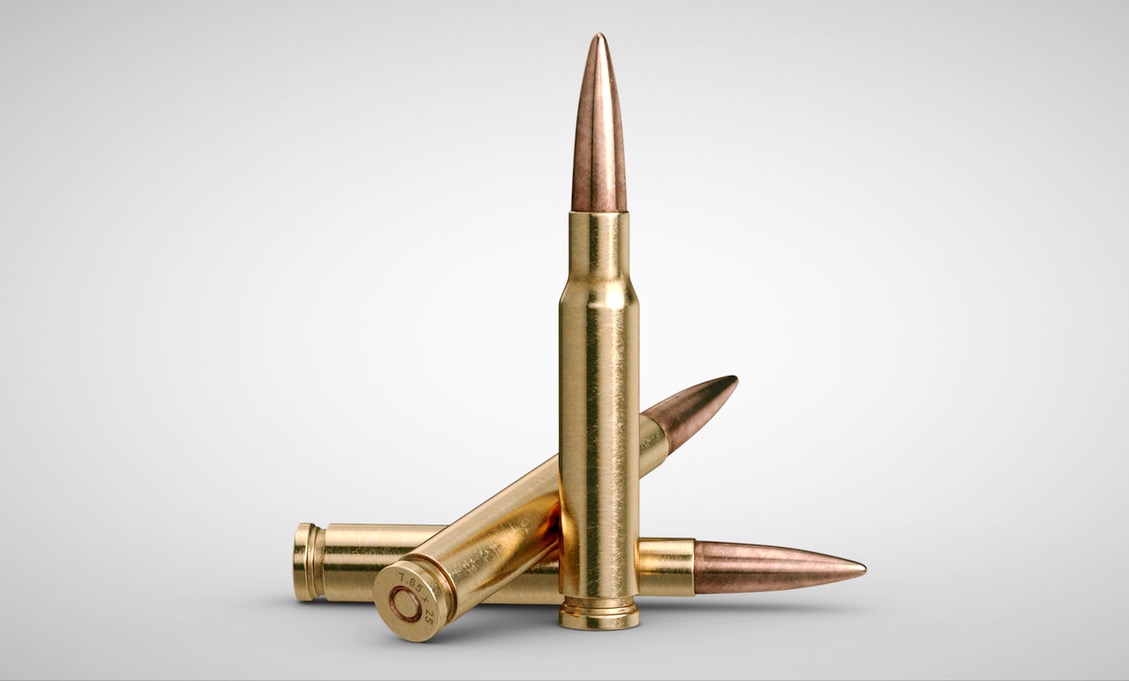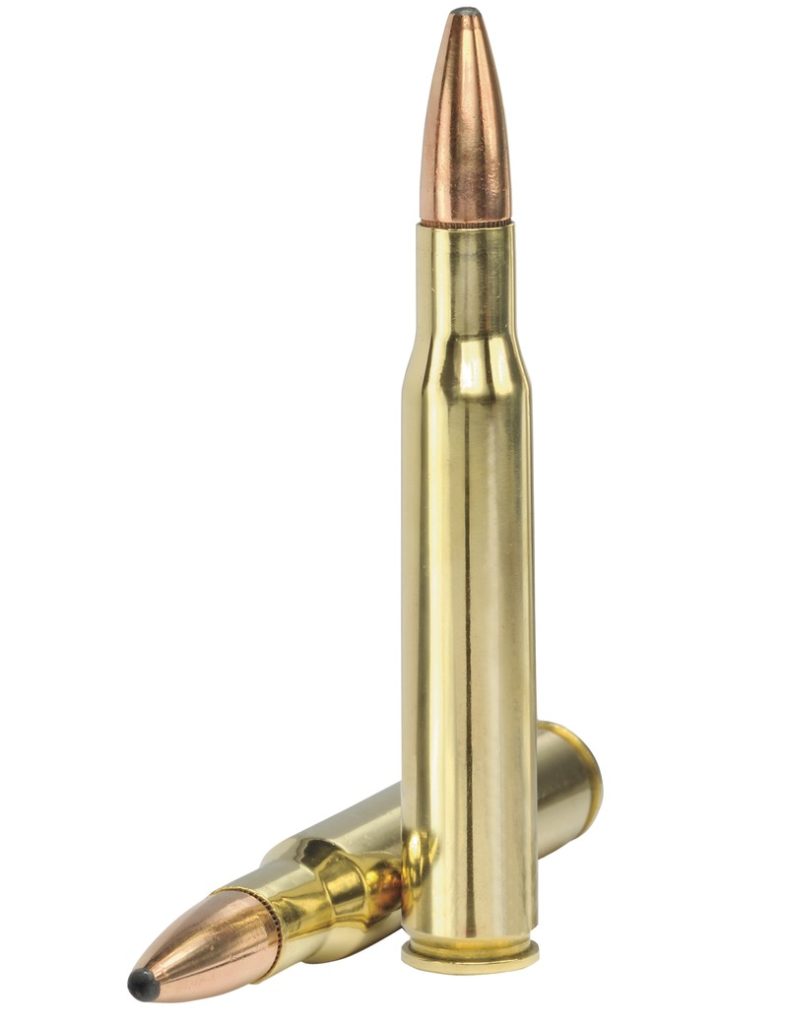Ammo made easy
Confused by the countless cartridge and bullet options for hunting? Our straight-shooting primer is here to help
Advertisement
#3 CUP-AND-CORE BULLETS
Around for more than a century now, cup-and-core bullets consist of a copper jacket wrapped around a lead core, which can protrude, fit flush or sit below the nose. The bullet itself may have a round, pointed or flat nose, and it may be tipped with aluminum, bronze or polycarbonate plastic. Examples of cup-and-core bullets include Remington’s Core-Lokt (above), Winchester’s Power-Point, Federal’s Power-Shok and Sierra’s GameKing. These bullets have been serving hunters for decades, as they mushroom well when they strike tissue and are affordably priced.
Advertisement

The downside is that at higher velocities, cup-and-core bullets have a tendency to expand too much and sometimes fragment considerably, which limits penetration. This usually isn’t a problem when your bullet hits the chest cavity, where fragmentation can result in the pieces fanning out and damaging vital tissue the bullet might have otherwise missed. If the bullet strikes large bones or major muscles, however, excessive mushrooming can prevent it from penetrating to the vital organs. So, when it comes to high-velocity cartridges and large animals, expansion must be controlled to ensure proper penetration. There are a few ways bullet manufacturers achieve this, in particular with partitioned, bonded and monolithic bullets.


